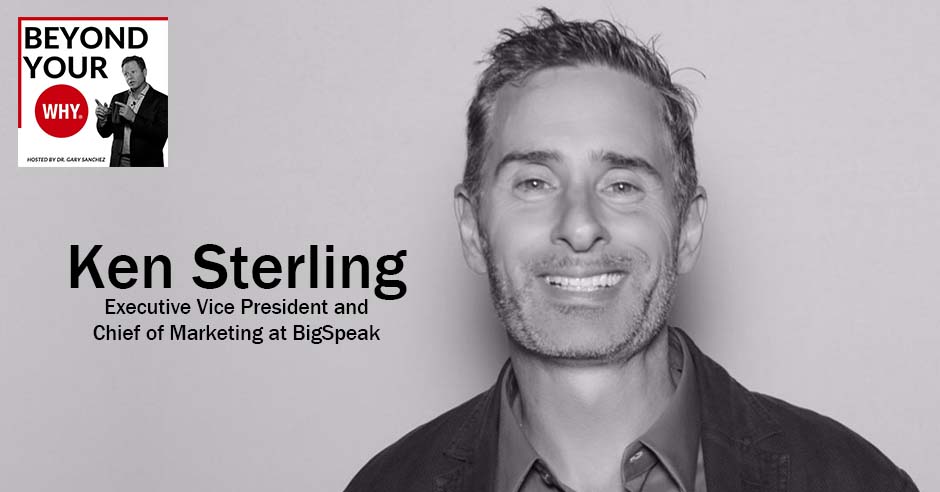
Do you often find yourself constantly pursuing a greater purpose and wanting to be a part of something bigger than yourself? When your WHY is to contribute, you love to support others and are often behind the scenes looking for ways to make the world better. Find out how you can hone in on your craft and be able to make the greatest possible contributions as Ken Sterling, BigSpeak’s Executive Vice President and Chief of Marketing, shares insights into how preparation and perfect practice can unlock the greatness within you!
—
Watch the episode here
Listen to the podcast here
The WHY Of Contribute: Awakening The Greatness Within With Ken Sterling
Welcome to the show, where we go beyond talking about your WHY and helping you discover and live your WHY. If you’re a regular reader, you know that we talk about one of the nine WHYs, then we bring on somebody with that WHY so you can see how their WHYs played out in their life. In this episode, we’re going to be talking about the WHY of Contribute. To contribute to a greater cause, add value and have an impact in the lives of others.
If this is your WHY, then you want to be part of a greater cause, something that is bigger than yourself. You don’t necessarily want to be the face of the cause, but you want to contribute to it in a meaningful way. You love to support others and you relish the success that contributes to the greater good of the team. You see group victories as personal victories. You are often behind the scenes, looking for ways to make the world better. You make a reliable and committed teammate and often act as the glue that holds everyone together. You use your time, money, energy, resources and connections to add value to other people and organizations.
I’ve got a great guest for you. His name is Ken Sterling. Ken is an Attorney and an Executive at BigSpeak Speakers Bureau. He is also an entrepreneur and angel investor in several tech startups. Ken mainly focuses on entertainment, media and well-known thought leaders. At BigSpeak, he serves as the Executive Vice President and Chief of Marketing.
Ken’s background includes working with KPMG as a technology and management consultant, cofounding a technology company, cloud computing, cofounding an international vertically integrated manufacturing company and working as executive vice president in a boutique asset management firm charged with operating real estate and hospitality assets. Ken most recently was responsible for managing a team and real estate portfolio exceeding $300 million.
Ken holds a PhD in leadership from the University of California, an MBA from Babson College and he earned his BA in Communication and Applied Psychology from the University of California. Ken is a lecturer of marketing and entrepreneurship with Technology Management Program at University of California. Ken, welcome to the show.
Gary, thanks for having me. That description you put out there, your system and what you talked about is me to a T.
We also added your how and your what. For those of you that are reading that are familiar with the WHY.os, Ken’s WHY, which we talked about, was to contribute to a greater cause. How he does that is by making things simple, easy to understand and doable. Ultimately, what he brings is a trusting relationship where people can count on him. How does that feel to you, Ken?
It feels amazing. It was interesting. Taking the assessment, which I’m sure other folks feel the same way, it’s very challenging to pick sometimes between the two. Later on in the assessment, you almost feel like, “Didn’t I answer that question? Do I need to answer it the same way? Shall I answer it differently? Are they trying to trick me?” I know it goes counter to the trust thing but in general, nailed it.
It’s interesting because I’ve always known I was a contributor. I’ve always known that trust was big and I’ve always known that I do like to simplify things. I didn’t realize that was as much of my OS as it is. Now, it’s been a while since I took the assessment. By the way, thank you. It’s a wonderful tool. I’ve been reflecting on it a lot. I get in there under the hood and especially in working with my team. We had this very complex standard operating procedure, SOP checklist that we do for one of our very unique speakers.
[bctt tweet=”What people think about you is none of your business.” username=”whyinstitute”]
I remember saying to one of my colleagues, “We’ve got to make this easier for the team.” What I explained is, “We don’t need to do it for the team. We need to do it for us because the simpler we can make this, the more autonomous people can be, the less they’re going to come to us and ask for clarification.” Candidly, as much as it’s altruistic, I also believe that part of my OS on that is self-preservation.
If you make it simple, it’s easier to stay in that position or what do you mean by self-preservation?
In other words, preservation of my time. What I’m learning and as our hourglass starts to maybe go over the middle mark, as some folks here might be familiar with, I’m beginning to understand that the only thing I have for myself and what I have to offer to the world is to make the world a better place. That is a big part of my LS, as you and the assessment pointed out. What I have is time. The more I can help people make decisions on their own, the more I can help them do things and the more time I invest to simplify things now, which takes time. The better it is for the stakeholders that I’m involved with then ultimately, the better for me.
Ken, let’s go back in your life for a bit. Where did you grow up? What were you like in high school?
I grew up in New York and I came out here to California for high school. By the time I was wrapping up high school, we have the senior yearbook. They do the best dressed and the best looking and the most likely to succeed. Unbeknownst to me, until the yearbook came out, they created a new category for me and for one of my classmates. The category they came up with was most non-conformist. I remember being pretty chuffed that I made a category in the yearbook. Sometimes later, I reflect on that. I said, “Was that a compliment or not a compliment?”
As a kid and in high school, I was a connector. I spanned a lot of different groups of people back in those days. There were the surfers and the skaters, the loadies, the stoners, the jocks, the preppies and the mods and also the punk rockers. I had friends in every one of those areas. My closest and best friends were skaters and surfers. I was like Bill Clinton, there was the stoner era. I might’ve inhaled once or twice.
I picture you as everybody’s good friend. Everybody liked you. You were not a troublemaker so much. People enjoyed being around.
What was very interesting is that there was a certain type, maybe a certain clique and I think it was like the football guys. They didn’t like me. I didn’t steal their girlfriends or anything like that. I was very counter to their culture. I remember reflecting on that at the time and not feeling good about it. My Nana told me this, “You can make some of the people happy all the time, all of the people some of the time, but you’re never going to make all of the people happy all the time.” Years later, therapists say, “It’s none of your business what people think about you.” Now I’m resolved with that. In high school, it was slightly challenging. Not the end of the world.
Graduating from high school, you go off to college. Where did you go to undergrad?

I did not graduate high school. I was kicked out three weeks before graduation. I don’t know if it’s anything super scintillating. I got into it. I had moved out of my house when I was young. I was homeless for a while and I was working. I was also studying for two classes and dozed off. It was my fault, my accountability. A teacher called on me. We got into it because I pointed something out incorrect, which we know as adults and evolved humans, sometimes you are graceful and don’t put people on the spot in front of 32 other kids.
I got kicked out of high school, did not graduate, did not walk and much later, I went in and became an entrepreneur. The first real formal company in my late teens, my early twenties, I dug into that deeply and didn’t emerge into academia until much later in life. By that time, I go through a JC and moved up through there and focused. I took some time off work and got the transfer to the four-year university, got that degree, got an MBA then, why not wait? There’s more. I did the PhD and some other things.
How many years out of high school did you then go to college? How many years were you in? You started a business right at the end of high school, didn’t graduate, started working with that business and how many years later was it before you went back to school?
About twenty years. It was great because I remember my first day of being on campus and sitting in this classroom with a bunch of 18 and 19-year-olds. The classes that I was taking were all transfer classes. These were all students who wanted to go to four-year colleges and some good people. I’m the connector and I want to create community. I want to do all these things. It was great because I had this internal game that I was running on myself. I didn’t belong here. What’s this old guy doing here? I’m going to be at a wedding with a good friend whom I met at the JC.
He walked over to me after class and was like, “Are you doing okay?” I said, “Yes,” and he’s like, “Everything’s cool. I’m so glad you’re here.” This is a kid half my age who reached out. My son’s age, candidly. I thought that was great. It helped that re-entry experience because there’s no class, no orientation for old people going back to school. It was a great and wonderful experience there. I got involved in those other things. I got involved in some student groups and did my best not to dominate those or overpower them. Be a regular person like everybody else and have a great time.
What was the turning moment? What’s crossing my mind is you got a business. You’re doing okay. All of a sudden, something happened that said, “I got to go back to school.” What was that?
It was a couple of things. One of them is I had a child who was about ready to go to college. I had another child in high school. I realized that I was talking about the importance of higher education to the kids. The other thing is, there have been some successes and interesting things. There’s also been like in the movie where everything’s great and the party’s going and the record scratches. One of those records scratches for me is that in 2006, I was on the founding team of a bank.
If anyone’s launched a business or ever been in a regulated business, you might understand this. It was a very onerous process to get the bank opened. We started in 2006. By the time we got the doors open, it was 2008. For folks that were around 2008, 2009, the FDIC was closing banks down. I can’t remember the stats. I think they closed 1,000 banks down across the country during that period of the great recession.
I was one of those people. The regulators came to us. They never raided us. We didn’t have the vans pull up and take over the bank. They said to us, “The way things are gone, we think you’re going to need to close the bank down. Why don’t you liquidate your loans? Why don’t you return depositors?” That was what the regulators needed. As long as depositors got their money back, then they didn’t take a loss and it wasn’t a hit for them. We did all that and it was fine.
[bctt tweet=”Every learner’s experience is individual.” username=”whyinstitute”]
I was cruising along and I randomly got a LinkedIn email from a former employee that I had laid off during Christmas of 2002 at our tech company. Not that I want anybody to watch my TED Talk, but I talk about this on my TED Talk of how to be present with your people and how to be in the room when you need to give them bad news and how to communicate.
This former colleague reached out to me and said, “It looks like from your LinkedIn you’re looking for work and I’m working at a company. I told my boss what a great boss you were and how compassionate you were when you laid.” This was dozens of people that we laid off on December 23rd to December 24th, which was rough.
She said, “I think you’d be great for this job. Do you have a resumé?” I sent over my resumé and I had some college experience. I was transparent. I never said I had degrees. I’ve never said those things. I had done some Executive Ed at Harvard. Long story short, dream job and I get the job. I was supposed to start on Monday.
I’m a nut. I wake up in the middle of the night and I checked my email at 3:30 in the morning on a Sunday. I got an email and it said, “Ken, we need to talk.” That was the subject. “Ken, I shared your resumé with one of our board members. He wants to know if you have a four-year college degree.” I replied back, “I don’t. I hope that my resumé wasn’t misleading.”
She said, “Based on the reference that you got, the references that I checked, based on the internal recommendation and based on the way you carried yourself, I presumed it. At my company, I have a policy that nobody, not even an intern, works here without a four-year college degree.” It was a very interesting moment for me because I felt shame. I felt anger. I felt confusion. I had lunch with the founder of BigSpeak, who’s been a very big mentor and a very important person in my life for years. I had lunch with him because he was one of the references that I gave to get the job.
He said, “How did it go?” I told him and I was still in that bitter mode but not like angry that I’m going to do anything. He said, “It’s the same thing at my company too.” What he said is that it’s a demonstration of your commitment to finish something and that sank in to me. I seriously finished that lunch and got in my car. I drove up to the JC. I found the counselor’s office and I sat down. She’s retired now, Christie. I said to her, “How fast can you get me into a four-year college?” That was that journey and that’s how and why I went back to school. I was grateful for it.
Many years later, I emailed the CEO of that company and I said, “I wanted to let you know congratulations, you’re doing well. I did go back to school and life worked out. This was a great impact.” Here I am at BigSpeak and my mentor, Jonathan, who’s very special to me, I thank him constantly. “It was great to go back to school.” It was great to go back to school as an adult who had been in business for many years.
A lot of that theory stuff, I think that some people learn, they’re like, “I don’t know why they are teaching this to me,” or they can’t apply it. I was doing the reverse of that, especially in my MBA program. We were building these complex financial projections that I had always wondered, “Why are those important or why does the bank need those or why do investors need those?” It crystallized for me. That was a long answer.
No, that’s interesting. You didn’t just stop with JC. You didn’t stop with a four-year degree. What other degrees have you got? In your bio, it said you’re a lawyer.

Correct.
Tell us. What are the different degrees that you got and why so many?
I’m back in school now studying some more post-graduate, post-doc things. I love to learn. BigSpeak is a learning organization. That’s why we were founded. It’s what we do. Either through consulting or facilitation or amazing keynotes on stage. You know this because you’re a keynote speaker, Gary. We’re entertaining folks to keep them engaged. Except we’re not up there juggling balls or chainsaws and there are people who do that. You and other folks, and you especially when you’re helping people discover their why, their purpose, and how to go out there and make an impact, you’re giving people practical things and that is learning.
That’s somebody who didn’t know about your subject matter or they knew very little about it and then they sit in a seat either on Zoom or in a ballroom. An hour later, they’ve got some tools that you taught them. That’s a big part of what we do. For me, it’s being a participant in learning. At BigSpeak, this is our mission, not just a tagline. “Awakening greatness within.” A real part of that is learning and helping companies and people learn professionally and personally how to develop themselves, connect and collaborate more, and be community-wise. That’s a big part of our ethos.
You did JC, your college, then got your MBA?
Correct.
Law school?
I did a little bit of law school in between and a little bit before then went back and did the PhD, which was interesting. By the way, it was education, leadership and organizations. That set me up. During that process was when I joined BigSpeak. I liked my journey. I’m not recommending it for lots of folks and including my own kids. I think every learner’s experience is individual in how they meet the learning atmosphere.
For me, when I landed at BigSpeak full-time, it was almost like one of those movies where everything comes together. The detective puts it all together. For me, being at BigSpeak is that moment. It’s the most fun that I have had. I say to folks, “We’re not selling servers. We’re not taking things away from people. We’re doing good things in the world.” When it comes to that education journey, everything scaffolded into what I bring to BigSpeak.
[bctt tweet=”Practice does not make perfect; perfect practice makes perfect.” username=”whyinstitute”]
For those people that don’t know, what is BigSpeak? If they went on the internet and searched for it, what is it?
BigSpeak is one of the larger speaking bureaus in the world. There are a couple of agencies that are larger than us. There are a couple of big bureaus on the East Coast that could maybe claim the largest in terms of head count. One of the things that we found through our data is we’re the largest business-focused speakers bureau out there. Meaning that we focus on business audiences. Whereas, some speaker’s bureaus might focus on colleges or associations or politicians, we mostly help businesses move the needle.
That doesn’t mean selling more widgets. Move the needle for their people. A lot of the work we do is internal work and then huge customer user conferences with celebrities and bands. A couple of years ago, we closed down four blocks of a city. We had Macklemore at a private concert, which was amazing. Some people say, “What does a speakers bureau do?” For example, you were a dentist. If you were ever at the ADA, American Dental Association, and there was a celebrity, an athlete or a thought leader that came on stage, similar to what you do now, there’s a good likelihood that that event hired a speakers bureau to find them and book that speaker who was up on stage.
We also do consulting. We do follow on workshops. There are also a couple of folks that we work with who have assessment tools similar to the tool that you have. We have a very boutique roster of exclusive speakers. For example, if you want a celebrity, we can get them for you. If you looked at our website, there are probably 3,200 speakers on there. We exclusively manage about 30 very handpicked, curated folks who I like to work with because I handle this part of our business.
They are folks that I’m at their weddings or I’m with them traveling or having fun or doing some things, having dinner. They are kind people who want to awaken greatness within. A couple of those people would be Marc Randolph, who started Netflix. Kevin O’Leary, who is on Shark Tank. Omar Johnson, who was number three at Beats. Tan Le from Emotiv Sciences. It’s a very unique roster. A couple of very cool new additions are coming out. Everyone, stay tuned for that.
If you’re hosting a big event and you want a celebrity, a big name, one of those guys, do they look you up? How does that work?
A big portion of our work is businesses. Thankfully, we take good care of those clients and they come back to us. A big portion is people that we’re in touch with that we know when their events are coming out and we’re collaborating. We do have a pretty formidable digital marketing presence. We do get a lot of inbound leads. We’ve been hacking on Google and social media for years. That’s another area that I handle and manage. That background of being in technology, of having the MBA, where I chose to focus on marketing and leadership, helped us there.
I also teach marketing at UC Santa Barbara, which is great. I would probably do it anyway. I keep those classes fresh. We do a lot of project-based work. We do a lot of group-based work where the students are working in groups together and they’re hacking on things too. It keeps me sharp. It keeps me learning. I’m a marketing and business junkie, so I’m always looking at stuff and we test all the time with things.
If I’m a speaker because there are a lot of speakers, coaches and thought leaders that read this, why would I want a speaker bureau?

As a speaker, there are a couple of value propositions, to use a buzzword. What do we do for Gary? What’s in it for Gary kind of thing? I think the biggest thing is that we get you in front of the right audience. We vet opportunities. We help with your messaging and positioning. We’re a strategic partner. We look at the same data that you would have and sometimes from a different lens. We have dashboards.
“We’ve booked Gary X times this year. The average fee is this. The mode, meaning the most common fee, is this. Maybe it’s time for Gary to get a raise.” On the other side, “We’re not getting as much activity for Gary as a benchmark to others in his field or topic or as compared to maybe last financial period that we’re comparing it to. What happened?” We are being proactive.
The one thing that I’ll point out, you and I had met at that wonderful experience before with ImpactEleven and talked about this a bit with Josh Linkner and his team, is that it comes to sparking that demand or I call it the “Hey, Martha” moment. “Hey, Martha” is people sitting around the conference table or the breakfast table, reading The Wall Street Journal and they read about Gary and Gary’s new book. By the way, congratulations. I would love to hear more about your book.
It’s like, “Hey, Martha, who’s this Gary Sanchez? They’re talking about him in The Wall Street Journal.” When that “Hey, Martha” moment happens, most of that is candidly created by the speaker either by you having an amazing book or knocking it out of the park at another conference. If you have PR efforts, a lot of our speakers retained PR agencies and some things go viral. Another client who we’re very honored to work with is James Claire from Atomic Habits.
When we signed James in 2019, I think he was at about 2 million copies sold, then this horrible event happened called COVID. A lot of other things lined up for him and now he’s close to 10 million copies. If folks are numbers people and books people, that’s more copies than Malcolm Gladwell has sold of Outliers in years. James’ book has been out for a few years. Some things like that are meaningful and make a difference. For example, with James, as you can imagine, probably 20 to 30 leads come in a day. The idea of you managing 20 to 30 leads would be cumbersome for you. That’s some of the value that we bring. It’s simplifying things.
Plus, you are in the know in that world. You know what events are coming up. You’re aware of the different themes that they have. Do you folks keep databases on that stuff? How does that work?
We’re obsessive about it. Here’s what I will share. Barrett is our president and one of our partners. There’s Jonathan, Barrett and myself who are partners in the company. Barrett and I are obsessive about data. We’ve got tons of dashboards. We’ll also say it’s part science and part art, meaning that you can have all the data in the world and all the numbers in the world. As you’re probably also experiencing Gary and anyone else out there who’s an author or a speaker. there is some magic special sauce that happens.
I read Atomic Habits and it was transformational for me. That’s why I even reached out to James. Those moments are very rare. It’s this amazing alignment of the planets, forces, karma, and gods. Everything lines up. There are tons of authors and speakers out there who, on paper, have done the same things as Malcolm Gladwell or Brené Brown or Simon or those folks. Somehow, the liftoff doesn’t happen.
Looking at Shawn Achor, for example. His TED Talk, very last minute and they had a cancellation. They called him. I think he had eleven minutes to deliver that talk and tens of millions of views, high demand. It’s this virality that happens now. I remember when Sean and Brené and Simon and those folks came up, it wasn’t as much about social media. It was this viral thing that happened. By the way, also hats off to TED. In the earlier years, they were putting some of these folks on the board and in front of millions of viewers.
[bctt tweet=”To be a speaker, an author, or a thought leader, you have to pick a lane.” username=”whyinstitute”]
Can speaker bureaus help speakers get on TED as well?
Officially, no. Unofficially, I don’t mean that to sound like there’s anything nefarious going on. There’s the big TED and there are the TEDx events. They run autonomously. They’re run independently. They don’t technically give favor to speakers from speakers bureaus. There are times when a speakers bureau can fill out a submission form on behalf of a speaker and be transparent about it.
I’m not aware that there’s a point given or that there’s preference given to speakers who are represented by bureaus. This is purely a personal philosophy. If I was on the TED committee, I might be looking for new and fresh ideas so that maybe a speaker who’s represented with a speakers bureau might get a negative point. This is purely me thinking out loud.
You and I met in Florida. We were in the same room. There were only 40 or 50 of us, but we never crossed paths. That was so bizarre, but it was put on by a group. They changed their name. What did they change to?
ImpactEleven.
It used to be 3 Ring Circus. These are 4 or 5 guys that teach the art and the business of speaking. What is it that you see that separates the great speakers from the good speakers from the okay speakers?
What I’ll say is there’s my opinion. What gets me excited, for example, and maybe some generalities that I believe hold to be true in the industry, part of it is the checkboxes and what looks good on paper. Some of it is that magic je ne sais quoi, the thing that we cannot explain or we don’t know how to say it. What I can share for me and when I’m working with an end-user client is booking a speaker, first and foremost, they want someone engaging.
I think of the ImpactEleven group, for example, and I think of who those people are. You sat next to Ryan Estis, for example, at that dinner. You know him. That guy gets up on stage and everyone’s glued to him. The way he moves, the way he talks, the way he pauses, the message that he has and what we learned at that conference that you and I went to is to get on your first stage and to do okay, you have to have 20 to 30 reps to do that.
I used to study martial arts. My sensei said, “Practice does not make perfect. Perfect practice makes perfect.” If you do your 20 to 30 reps and you’re doing the same thing every time, you are probably not going to have this amazing outcome when you come onto that stage at that big event. It’s getting the feedback, learning, asking people, “What did you think? How could I make that better? Give me the unvarnished truth.”

Sometimes, that’s asking friends, families or outsiders. People who level up and go to these types of experiences like ImpactEleven and are willing to invest in themselves and up their game candidly and learn how to talk, engage and synthesize what they’re doing, I believe that Josh’s group calls it the PCT. It’s what’s the problem, what’s your credibility and what’s the transformation that you offer your audience?
Holding that as a North Star is important. Be interesting. Don’t be up there talking at people. Try to do some interactive pieces. I don’t know if I can call her speaker. One of the performers that I love to book, her name is Jade Simmons and she’s fabulous. She’s got a Yamaha grand piano. She has some synthesizers. She puts some music in there, some spoken word, some rock modern to rap to these engaging presentations. I don’t want to call it a keynote about purpose. It resonates amazingly.
Not everybody can be a Jade. Holding that as, “That’s high engagement, high interaction. How can I make my presentation a little more interactive? How can I get the audience to lean in to me?” Some speakers will have people go on their phone and do a survey, which I don’t recommend because that gets people’s attention down here versus up there. That’s the sign of death for a speaker. If I’m in the back of the room in the last five rows, people are like this then I know the speaker lost them.
Be interesting. Be intriguing. Not a lot of data. Not a lot of graphs. Amazing, powerful photograph that connects to the audience and connects to the speaker. When you don’t have an image that’s meaningful, just have a blank screen because what we all do and we all tend to do this now in restaurants, there are TVs. We do this. You’re up there on the stage, pouring out your life story and talking about WHY.os. If you have these slides, especially this data or someone has to take out their phone and take a picture of it.
This is a great way to get people on your mailing list or get them in your database. What you can say a couple of times during your presentation is, “Folks, I want to let you know I have a PDF of this whole thing. I have a workbook. I’m going to send you a link. You don’t have to take any notes. You don’t have to take any pictures. Just enjoy it.” Maybe say that two times during the presentation will keep the folks engaged. They’ll trust that they don’t need to be on their phone. Here’s a thing that happens. Phones in the pocket. There’s something interesting. They want to take a picture. They do this. All of a sudden, a notification pops up and they get sucked into this technology loop and you lost them. Engagement is key.
I still compete, but I used to compete at a pretty high level. I missed when my time ended, if you will. I miss that feeling of preparing for a tournament, preparing for an event, preparing to go to battle, if you will. Speaking is so similar to that. That’s the closest thing I can think of that I’ve experienced to competing. You have to prepare.
You have to show up. No matter what, something goes wrong, I’ve never not had something go wrong and the show must go on. You don’t know what the reaction is going to be. You think you do, but you never know what’s going to happen. It’s super fun, I think, but it’s very much like competing. Have you ever heard anyone else talk about it in that way?
A hundred percent and preparation is key. I don’t want to be cliché. Failing to prepare is preparing to fail. The preparation piece, here’s why it’s most important. I work with a lot of speakers. In the earlier days, there were probably two things that speakers needed to work on. One of them is method and one of them is a mindset. As most of us know when we get into high stakes things, you have to have the mindset clear to even be able to approach the method and become a master of what you’re doing.
One of the keys to mindset is preparation and here’s why. As you know, because you’d be getting ready for a tournament, when you show up that morning and you showed up the night before and you checked everything out and you knew exactly to go, you walked things through, when you show up that next morning, it’s not a shock to you.
[bctt tweet=”The more you can simplify things, streamline them, and remove the static life, the better for you and the people around you.” username=”whyinstitute”]
You’re comfortable. You’re in your zone and being in your zone is preparation. I believe that’s the only way folks are going to get on their zones. It’s if they show up prepared because it’s going to give you the confidence, the familiarity and it will give you a competitive advantage over other people. I don’t like to think of the speaking industry as competitive because it’s not like you’re in a running competition or a sports competition or an archery competition, for example.
You are competing silently. When a company or an event wants to hire a speaker, probably the average number of speakers that they cycle, that they look at, is probably 30 to 40. In a way, you are competing. For example, the founders of ImpactEleven and especially Seth and Ryan who are best friends, they compete with each other all the time without even knowing it because they both have great engaging presentations. There’s some similarity in terms of audiences for them.
I often joke because usually, the two of them are selected as the number 1 and number 2. I’ll say to the company or the event, “I wanted to let you know, they know each other well. They’re going to probably be talking about this the same way you are.” I think in terms of that preparation piece, getting in the reps, taking it seriously, doing your homework for your talk and knowing who that client is when you get on that call to talk to a prospective client. Know what they want to do. Ask good questions. This is counterintuitive because a lot of speakers love to talk and they get paid to talk.
Sometimes these speakers get on the phone and they talk. At the end of it, the client doesn’t feel like they’ve got their thing out, their need or their need state. As much as all you speakers out there love to speak, be sure that you listen. Be sure that you have a couple of good questions to ask during it, then pause and let the client tell you what they need.
I can keep you here all day asking questions, but I got two more questions for you. One’s a comment question. What I noticed when we were at the ImpactEleven event was that not all of the people there had done something spectacular or created something amazing, yet they were very successful speakers. Even the two you mentioned hadn’t done like they didn’t swim across Antarctica or the Atlantic or sled across Antarctica or anything. They were phenomenal speakers and practiced their art. If I’m reading this, do I have to have created something to save the world in order to be on a big stage?
My personal opinion is no. I’m oftentimes impressed, amazed and in awe of some of these folks out there who are creating a living out of speaking, who reinvented themselves, who picked a lane. I think this is important. To be a speaker, to be an author, to be a thought leader, pick a lane. Some of the folks are generalists. When it comes down to a high-end event or corporate client, they’re looking for that expertise and knowing that one subject matter with mastery.
I think that’s a big plus for people to consider as owning it. For example, you’ve got yours and you’ve dialed yours in beautifully with an assessment tool with a honed talk around that with books. Those are indicators to people who hire speakers that, “Gary’s an expert.” For other folks that are considering this or wanting to up their game, you don’t need to swim from Miami to Cuba or swim the English channel to do it. You don’t need to conquer Everest or be a professional skateboarder to do it.
There are lots of amazing speakers out there who have a wonderful story and have focused on that one lane that they’re good at and who are interesting. I can’t emphasize it enough. Be interesting, be creative, do things that are a little bit outside the box. Not crazy outside the box, but do things that are a little bit unique and counterintuitive that will surprise and delight audiences.
The last question is, what’s the best piece of advice you’ve ever gotten or the best piece of advice you’ve ever given?
I was very fortunate, even young, before I had done the four-year university. It’s funny because, going back to simplify, one of my business ventures early on is that I had a business venture who also taught accounting at a local JC. He had done very well for himself and this was part of his giveback. I knew who he was and I had a connection through a family member. I signed up for his class. Almost every time we met as a class, he would say, “Keep it simple, stupid.”
I always had a problem with the word stupid. I rebranded it and I do this a lot even with our own team, “Keep it simple, smarty.” If I had to, for personal life, for work life, the more you can simplify things, the more you can streamline them, the more you can remove the static, life will be a lot better for you and the people around you.
Ken, thank you so much for being here. I thoroughly enjoyed our conversation. I’m sure our audience has as well. You’ve done a lot of amazing things. I’m sure you’re going to do a whole lot more. I look forward to us working together.
Wonderful. Thank you, Gary.
—
Thank you so much for reading. I hope you enjoyed Ken Sterling from BigSpeak. We learned so much about the speaking industry from him. If you have not yet discovered your WHY or WHY.os, go to WHYInstitute.com. You can use the code PODCAST50 to get it at half price. If you love the show, please don’t forget to subscribe and leave us a review and rating on whatever platform you are using to read to us. Thank you so much.
Important Links
About Ken Sterling
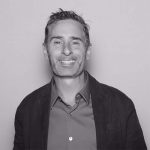 Ken is an attorney and an executive at BigSpeak speakers bureau. He is also an entrepreneur and angel investor in several tech startups. Ken mainly focuses on entertainment, media and well known thought leaders. At BigSpeak he serves as the Executive Vice President and Chief Marketing.
Ken is an attorney and an executive at BigSpeak speakers bureau. He is also an entrepreneur and angel investor in several tech startups. Ken mainly focuses on entertainment, media and well known thought leaders. At BigSpeak he serves as the Executive Vice President and Chief Marketing.
Ken’s background includes working with KPMG as a technology and management consultant, co-founding a technology company (cloud computing), co-founding an international, vertically integrated manufacturing company and working as Executive Vice President at a boutique asset management firm charged with operating real estate and hospitality assets. Ken most recently was responsible for managing a team and real estate portfolio exceeding $300 million.
Ken holds a Ph.D. in Leadership from the University of California, an M.B.A. from Babson College and he earned his B.A. in Communication and Applied Psychology from the University of California. Ken is a lecturer of marketing and entrepreneurship with the Technology Management Program at University of California.


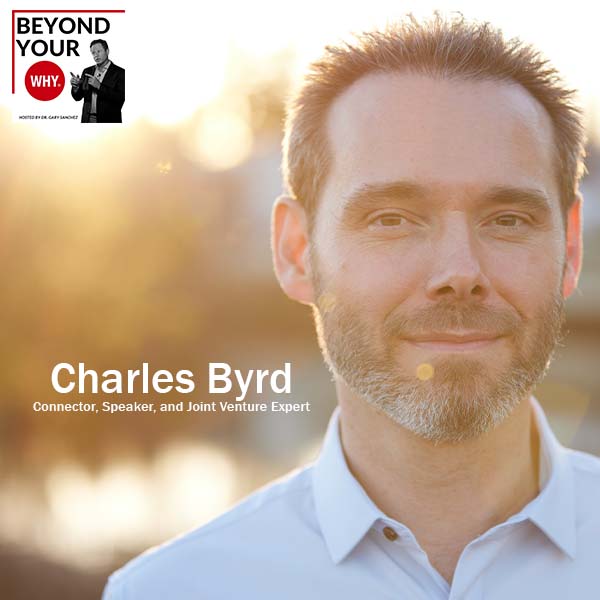
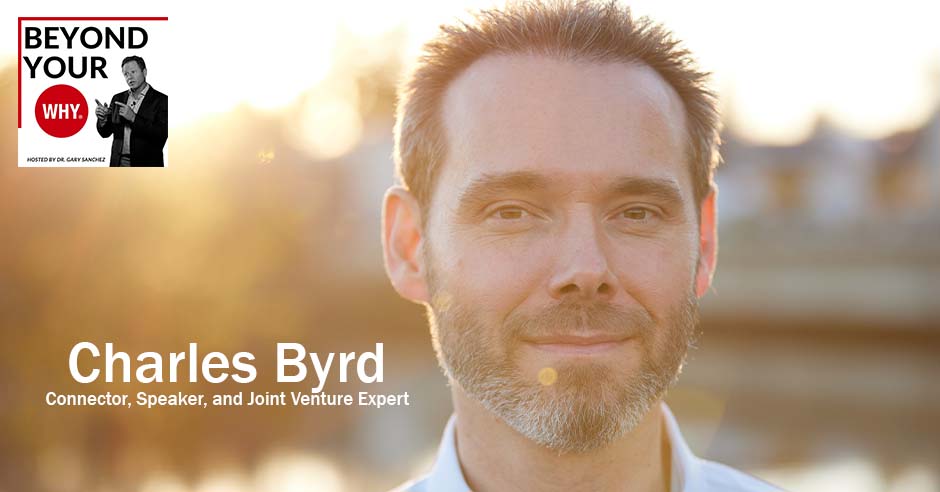
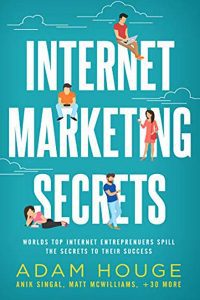
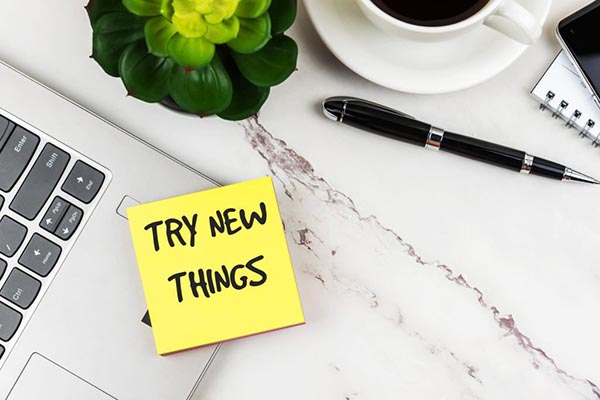


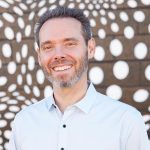 Today, I have the honor to introduce to you Charles Byrd. There is the official bio and his incredible background and success in Silicon Valley, but that’s not as important. What you really need to know about Charles is his proven record of helping others create super profitable joint venture partnerships.
Today, I have the honor to introduce to you Charles Byrd. There is the official bio and his incredible background and success in Silicon Valley, but that’s not as important. What you really need to know about Charles is his proven record of helping others create super profitable joint venture partnerships.
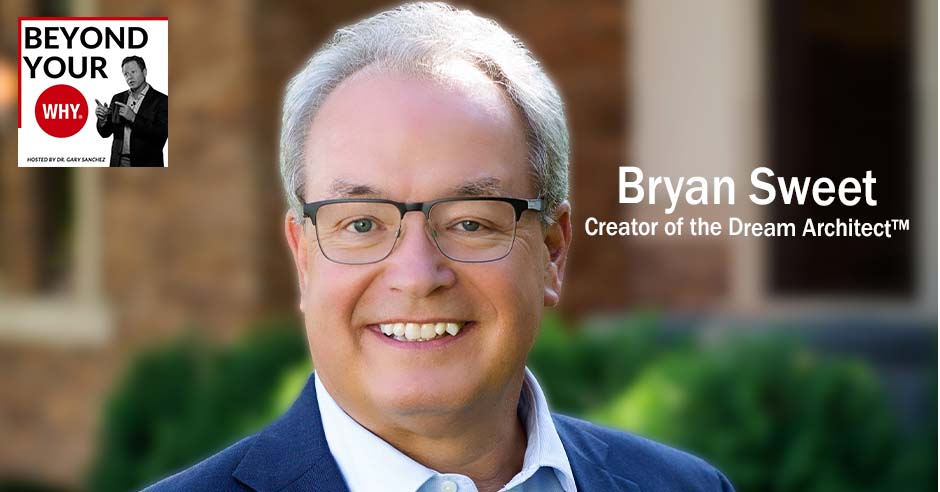




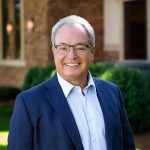 As a Forbes Best-in-State Wealth Advisor for multiple years running, Bryan has been on the mission to help people live their retirement dreams since the start of his career in financial services back in 1979. It is because of this that he created his proprietary The Dream Architect™, which not only helps his clients maximize their distribution planning in retirement, but also helps them strive for and accomplish their biggest dreams.
As a Forbes Best-in-State Wealth Advisor for multiple years running, Bryan has been on the mission to help people live their retirement dreams since the start of his career in financial services back in 1979. It is because of this that he created his proprietary The Dream Architect™, which not only helps his clients maximize their distribution planning in retirement, but also helps them strive for and accomplish their biggest dreams.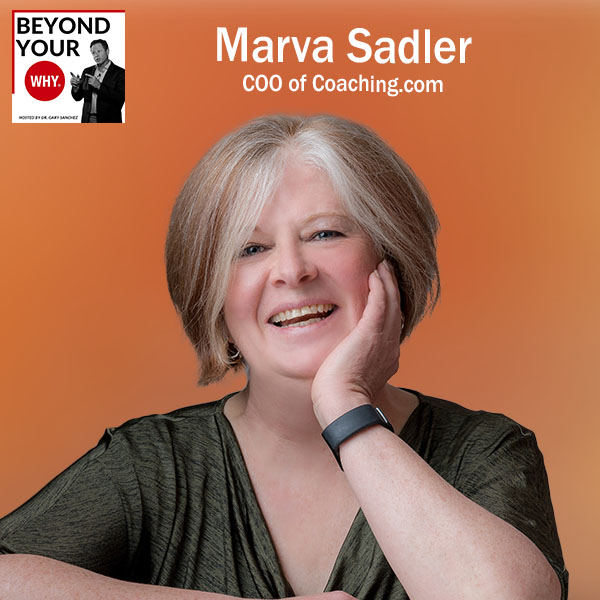
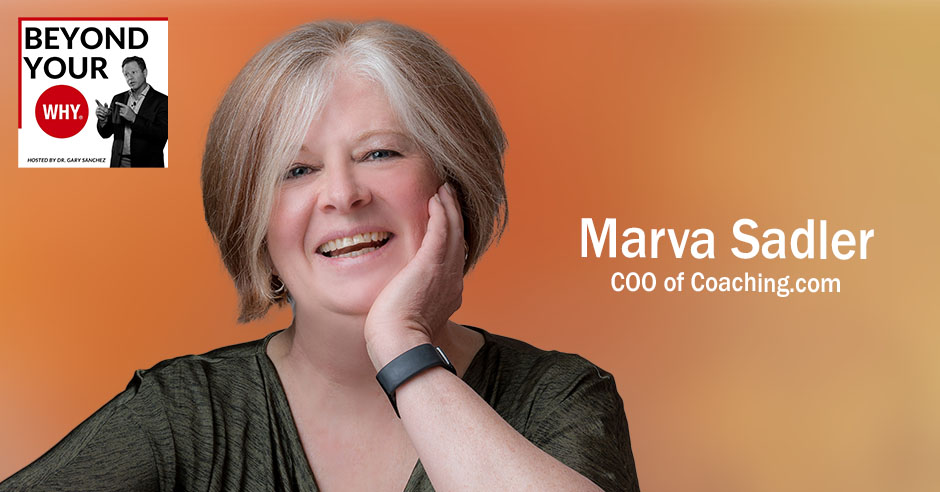



 Ms. Sadler is COO of Coaching.com. She joined the organization in September 2021 when the company acquired WBECS, where she was CEO. She is an experienced business executive and consultant with over 20 years leading strategic and operational growth programs for small to mid-sized organizations. She also has extensive expertise in strategy creation, leadership development and executive coaching. Prior to joining WBECS, Ms. Sadler held executive management positions (EVP, CFO, and CEO) in large organizations, including Franklin Covey, and Achieve Global, Ms. Sadler also has substantial experience across a variety of industries, leading small, private organizations through start-up and turnaround efforts, including positions as CEO of Veracity Solutions, Inc., a software development consulting firm, President of Hoggan Health Industries, a commercial fitness equipment manufacturer, and Chief Operating Officer of eLeaderTech, a start-up software firm. She began her career in strategy consulting with international strategy firms Marakon Associates, and Bain and Co. She has also served in the nonprofit sector as Program Director for People Helping People, an employment success program for low-income women, primarily single moms, and as a Board Member and strategic advisor for No More Homeless Pets of Utah. Ms. Sadler is a certified Theory of Constraints Jonah.
Ms. Sadler is COO of Coaching.com. She joined the organization in September 2021 when the company acquired WBECS, where she was CEO. She is an experienced business executive and consultant with over 20 years leading strategic and operational growth programs for small to mid-sized organizations. She also has extensive expertise in strategy creation, leadership development and executive coaching. Prior to joining WBECS, Ms. Sadler held executive management positions (EVP, CFO, and CEO) in large organizations, including Franklin Covey, and Achieve Global, Ms. Sadler also has substantial experience across a variety of industries, leading small, private organizations through start-up and turnaround efforts, including positions as CEO of Veracity Solutions, Inc., a software development consulting firm, President of Hoggan Health Industries, a commercial fitness equipment manufacturer, and Chief Operating Officer of eLeaderTech, a start-up software firm. She began her career in strategy consulting with international strategy firms Marakon Associates, and Bain and Co. She has also served in the nonprofit sector as Program Director for People Helping People, an employment success program for low-income women, primarily single moms, and as a Board Member and strategic advisor for No More Homeless Pets of Utah. Ms. Sadler is a certified Theory of Constraints Jonah.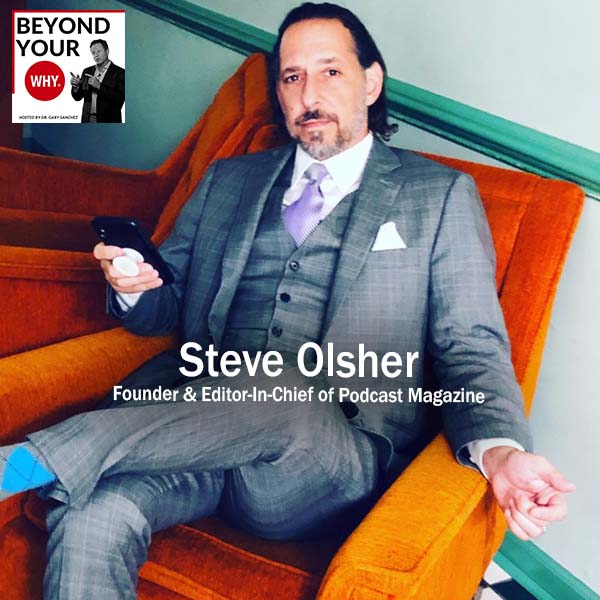
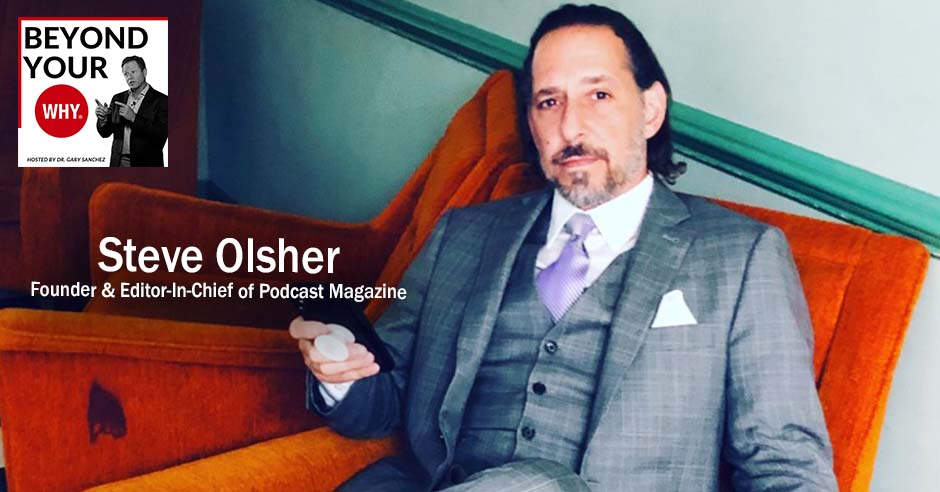





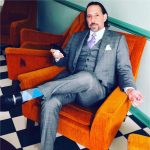 Founder/Editor-In-Chief of Podcast Magazine, Creator of ClubPod (the largest podcast group on social media), NY Times bestselling author, keynote speaker, Original Founder of Liquor.com, and the host of the top-rated podcast Reinvention Radio.
Founder/Editor-In-Chief of Podcast Magazine, Creator of ClubPod (the largest podcast group on social media), NY Times bestselling author, keynote speaker, Original Founder of Liquor.com, and the host of the top-rated podcast Reinvention Radio.
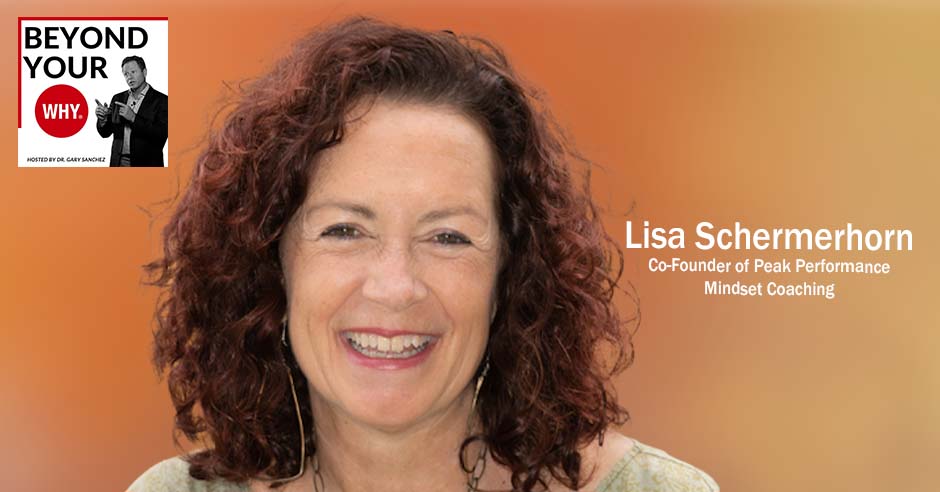
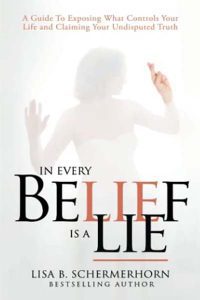



 Lisa Schermerhorn is as a transformational leader, award winning speaker and expert in the fields of human behavior, leadership and personal development. She also trained in the “Winners Mindset” with Bob Reese, the former head trainer for the NY Jets and helped a professional golfer win Golfer of the Year!
Lisa Schermerhorn is as a transformational leader, award winning speaker and expert in the fields of human behavior, leadership and personal development. She also trained in the “Winners Mindset” with Bob Reese, the former head trainer for the NY Jets and helped a professional golfer win Golfer of the Year!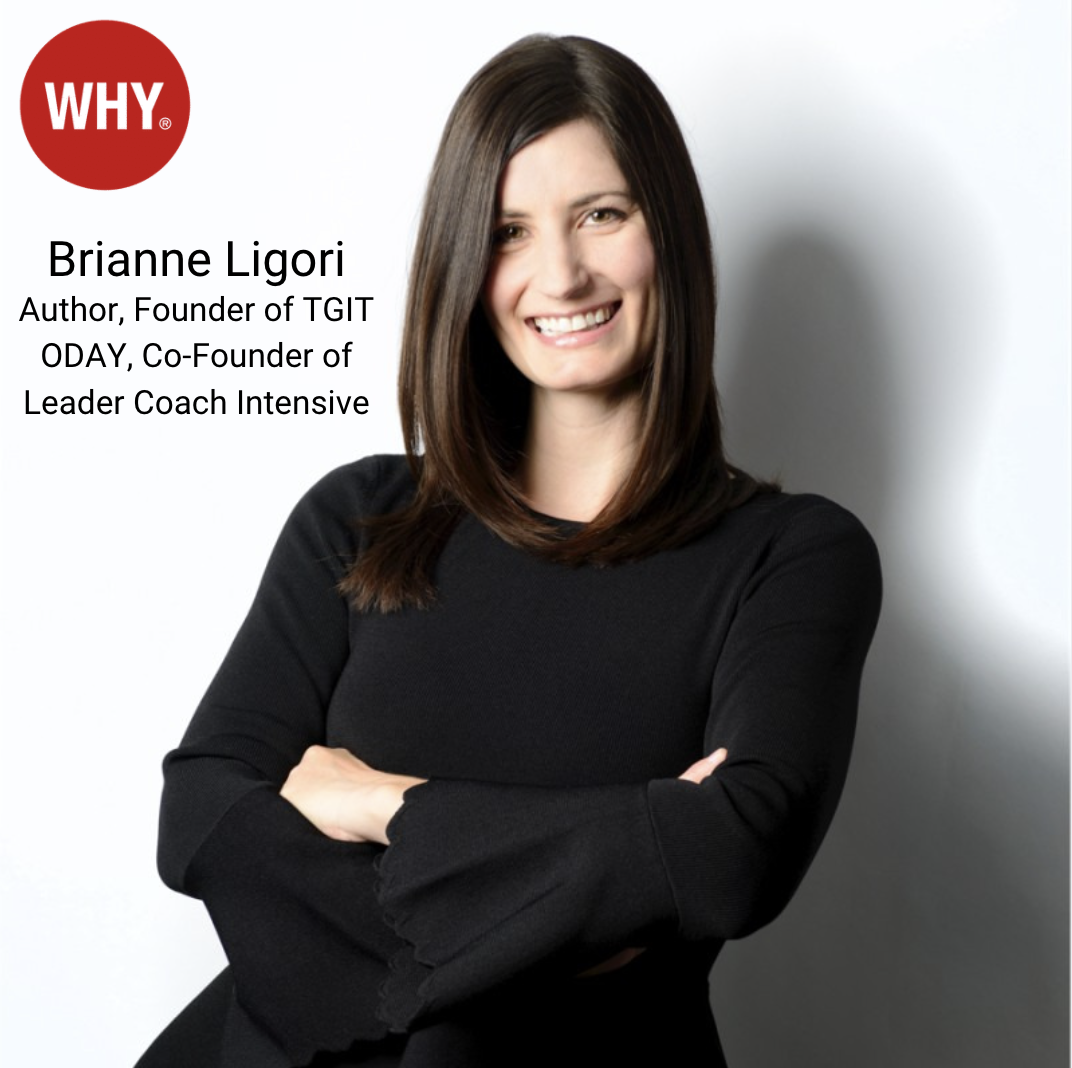
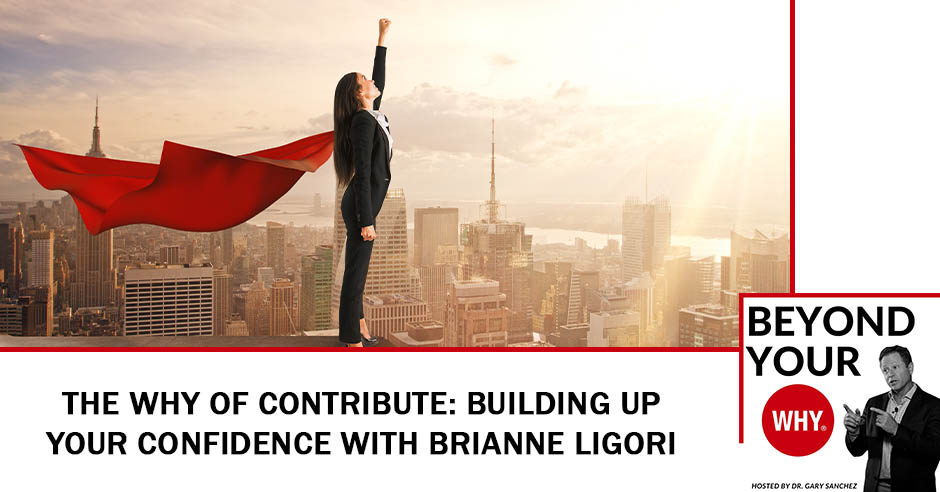
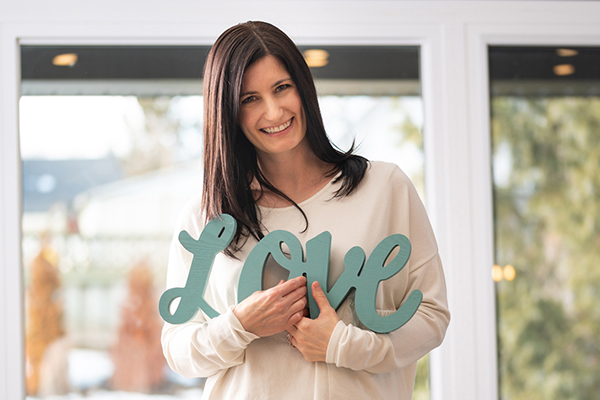



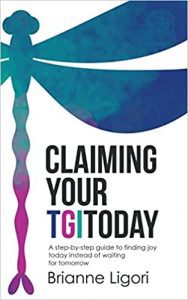
 Brianne Ligori lives and leads from the heart. She believes that everybody can—and should—live a life of purpose and joy. In her writing and coaching,Brianne is focused on a worldview of infinite possibilities and a relentless pursuit of purpose. She sets an inspiring example by standing firmly for living according to her inner truth.
Brianne Ligori lives and leads from the heart. She believes that everybody can—and should—live a life of purpose and joy. In her writing and coaching,Brianne is focused on a worldview of infinite possibilities and a relentless pursuit of purpose. She sets an inspiring example by standing firmly for living according to her inner truth.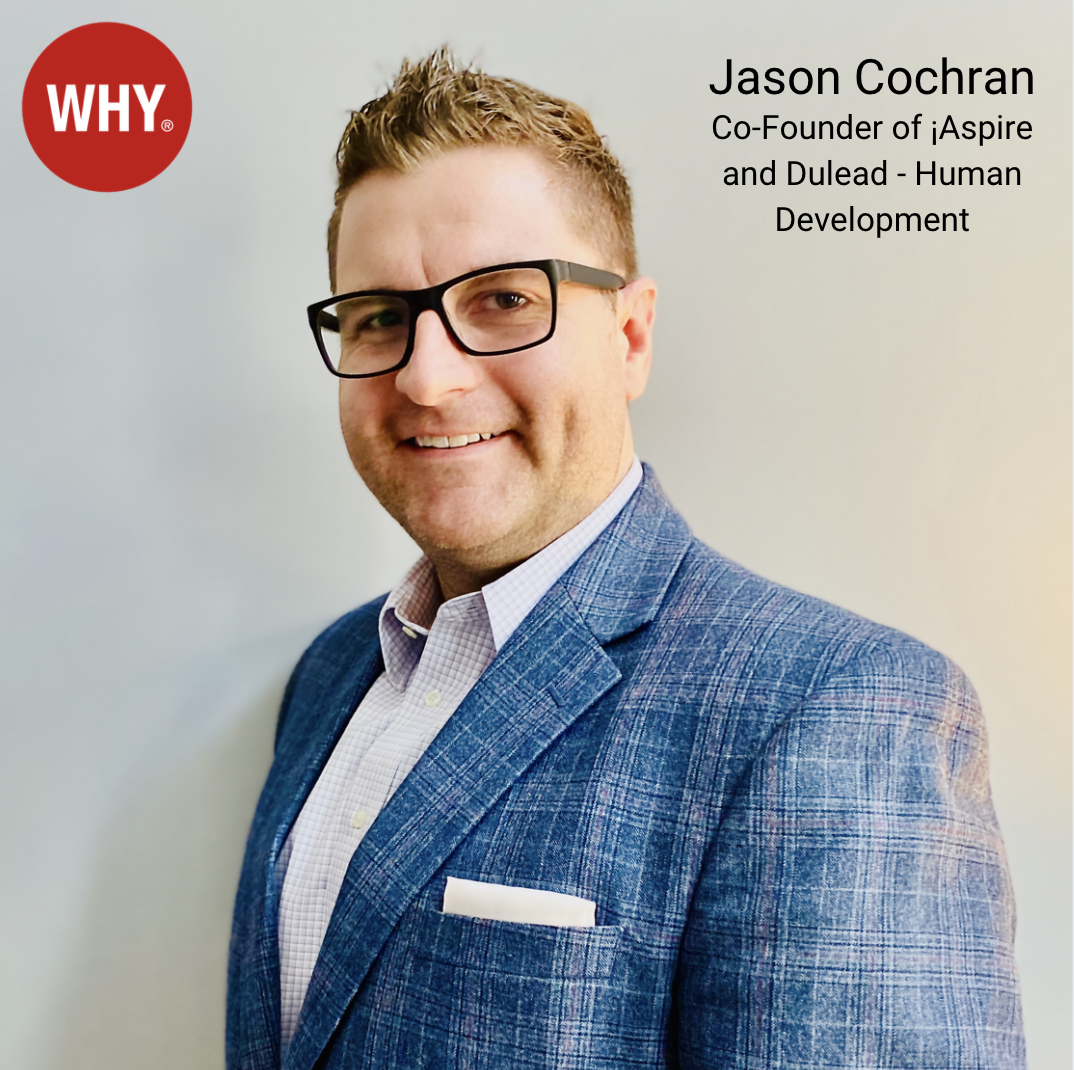
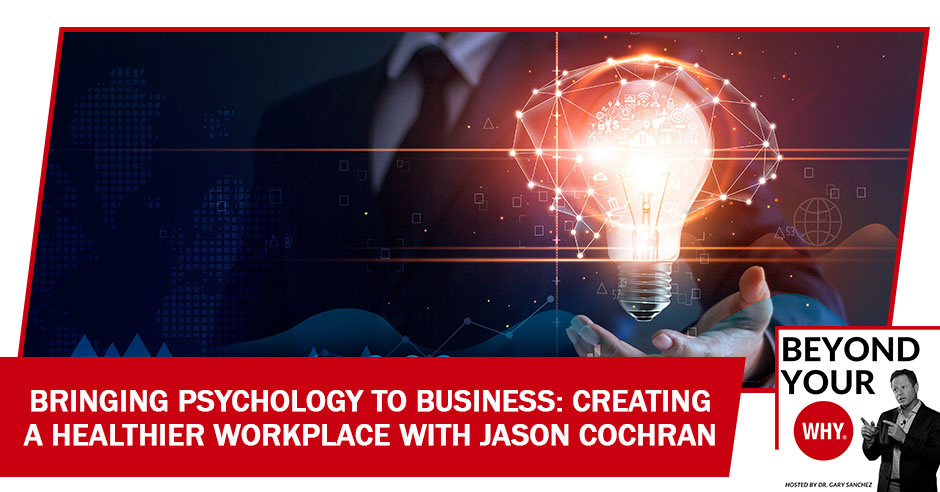




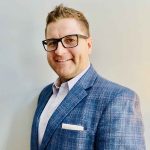 I’m an organizational psychologist and the co-founder of technology companies iAspire and Dulead – both of which are focused on human development. Fascinated with the exploration of human potential, I’ve devoted my life to helping organizations create healthy work ecosystems that create value for internal and external stakeholders.
I’m an organizational psychologist and the co-founder of technology companies iAspire and Dulead – both of which are focused on human development. Fascinated with the exploration of human potential, I’ve devoted my life to helping organizations create healthy work ecosystems that create value for internal and external stakeholders.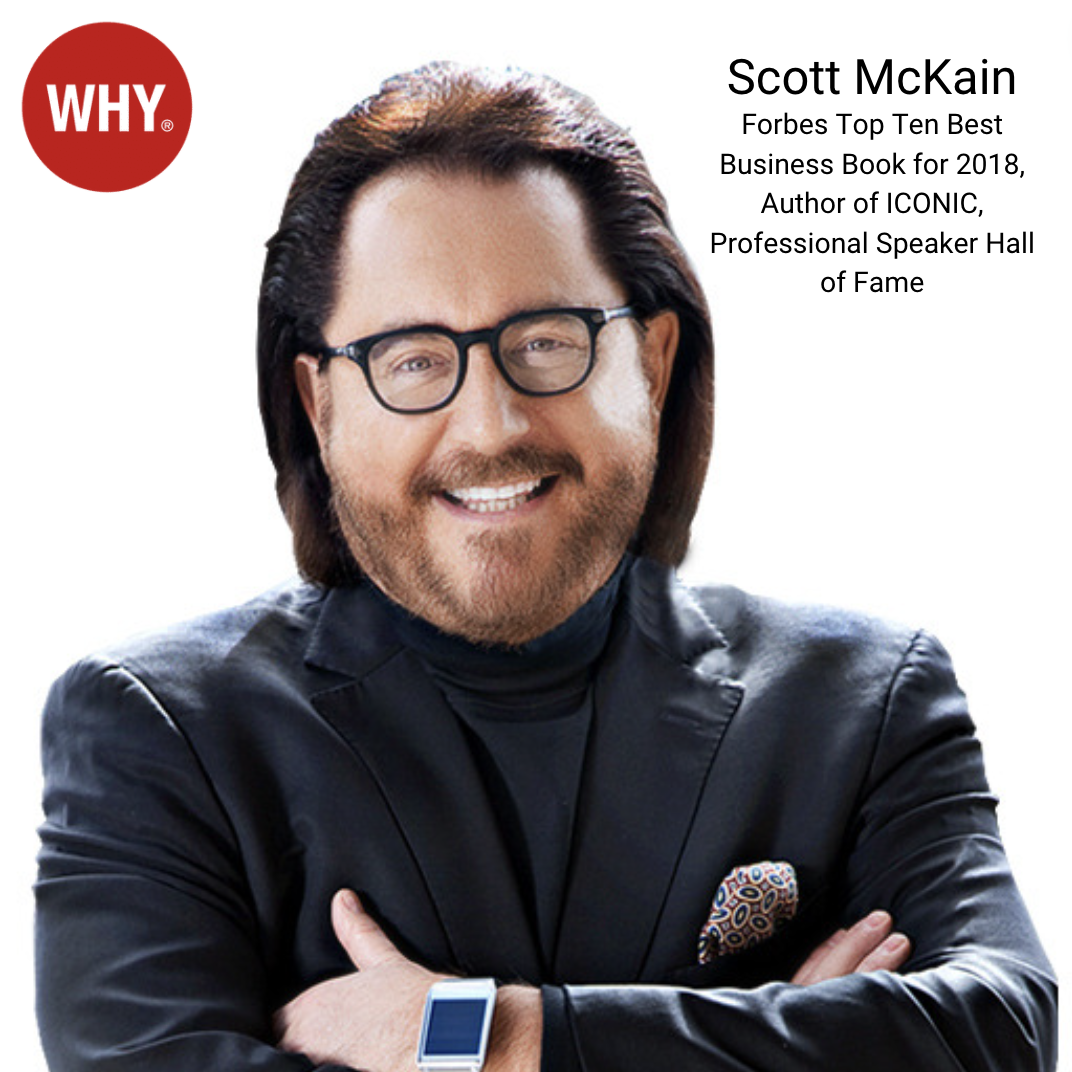
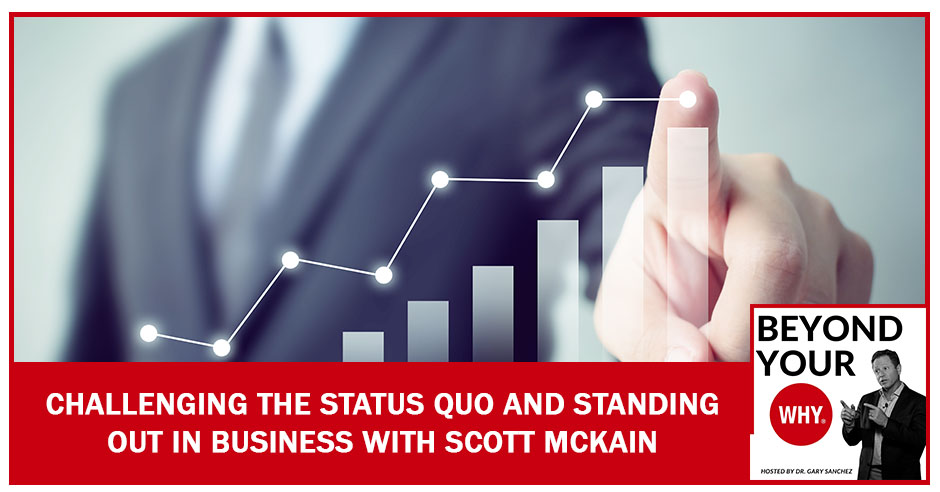


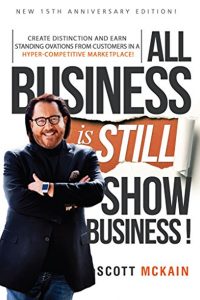
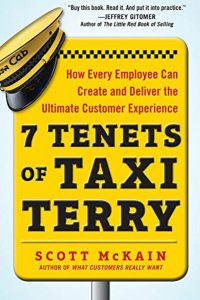


 Scott’s matchless experiences have continued throughout his life. They range from playing the villain in a Werner Herzog film that Roger Ebert called one of the 50 “great movies” in cinema history to being booked to speak by Arnold Schwarzenegger for an event on the White House lawn with the President in the audience; from being the author of business books named among the “year’s ten best” to membership of multiple Boards of Directors.
Scott’s matchless experiences have continued throughout his life. They range from playing the villain in a Werner Herzog film that Roger Ebert called one of the 50 “great movies” in cinema history to being booked to speak by Arnold Schwarzenegger for an event on the White House lawn with the President in the audience; from being the author of business books named among the “year’s ten best” to membership of multiple Boards of Directors.